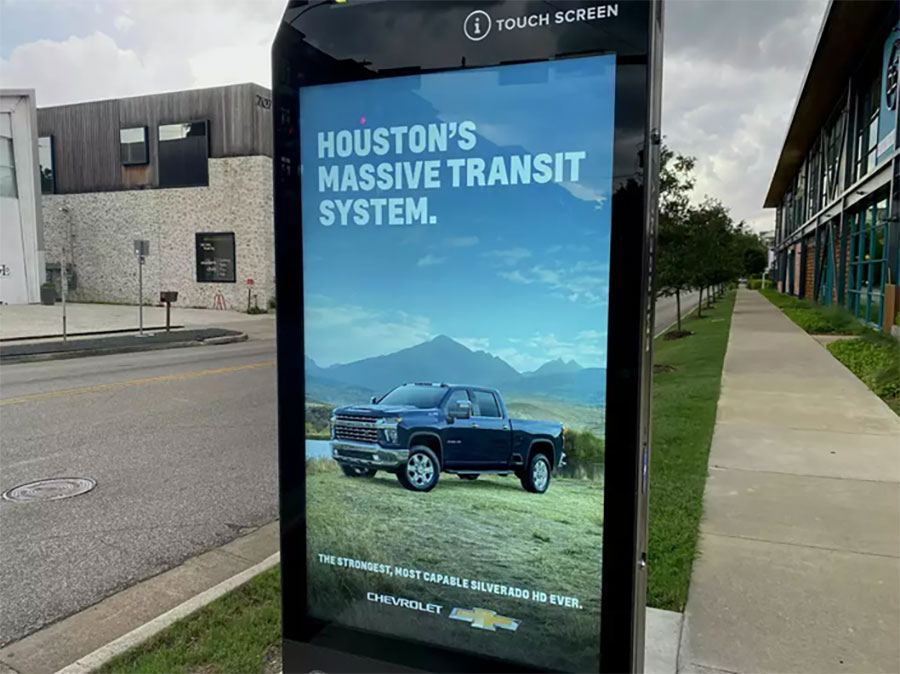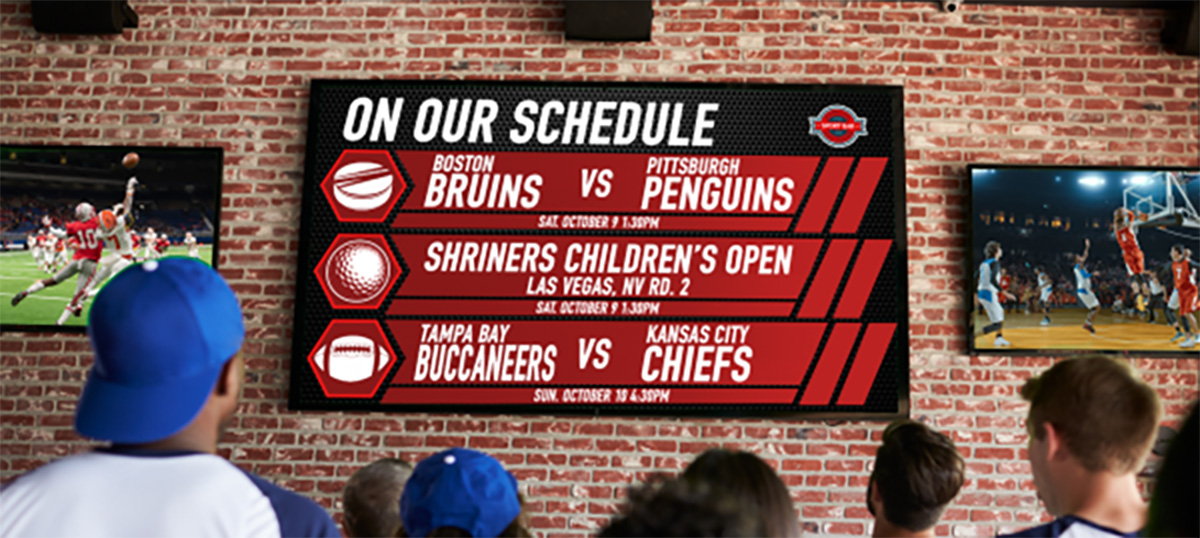Why do shoppers get more attached to a product when they’ve helped create it, even in the smallest way? That’s the IKEA effect in action.
Put simply, people value things more when they’ve had a hand in building them. Think of flat-pack furniture, DIY meal kits, even custom sneakers.
The effort makes the end result feel more personal, more “theirs.” But you don’t need to sell DIY products to tap into this bias. With the right tech, retailers can spark the same sense of ownership in-store.
Interactive digital signage is the bridge. Picture a screen that doesn’t just flash offers but lets shoppers build their own. Scan a QR to pick bundles, wave to unlock add-ons, tap through quick polls to shape what’s shown.
That tiny act of participation makes the deal feel like theirs, not just the store’s. And when shoppers feel ownership, they engage more, buy more, and return more.
Let’s see how you can do it.
What Is the IKEA Effect?
The IKEA effect comes straight out of behavioral science. First studied by Michael Norton, Daniel Mochon, and Dan Ariely, it shows that people place a higher value on things they’ve partially created themselves.
Think about it: that wobbly IKEA chair you spent an afternoon assembling, the custom sneakers you designed online, or even a playlist you curated on Spotify. None of these are entirely “from scratch,” but because you put in effort, they feel more meaningful and therefore more valuable.
For retailers, this isn’t just a fun psychology quirk.
It’s a powerful lever. If shoppers feel like they’ve had a hand in shaping a product, offer, or experience, they’re more likely to engage with it, pay more for it, and develop a stronger connection to the brand.

Why the IKEA Effect Matters in Retail Today
Modern shoppers don’t just want to buy, they want to participate. They crave personalization and control, whether that’s choosing the toppings on a pizza, customizing a sneaker, or tweaking the features on a new phone.
This is where the IKEA effect comes into play. When people feel a sense of emotional ownership, their purchase intent shoots up. They’re not just buying something; they’re buying their version of it. That emotional stake often tips the scale from “maybe later” to “add to cart.”
You can see this reflected in broader consumer trends:
- DIY culture has exploded, from craft kits to meal subscriptions.
- Co-creation is becoming mainstream, with brands letting customers vote on flavors, designs, or product drops.
- Customization is now expected, whether online or in-store.
And the numbers back it up. A Deloitte study showed that consumers spend 37% more with brands that deliver consistent, positive shopping experiences, including personalization.
For retailers, that’s the power of the IKEA effect; turning passive shoppers into active participants, and browsers into buyers.
Also Read: Click, Swipe, Buy: The Magic of Personalized Shopping with IoT
Digital Signage as a Medium for Shopper Participation
Digital signage has come a long way. What started as static screens showing the same looping ads has evolved into dynamic, interactive systems that update in real time.
And here’s why signage is uniquely suited to spark shopper participation:
- Real-time updates mean offers, inventory, and promotions can shift instantly, keeping content fresh and relevant.
- Visual + interactive format makes it engaging; shoppers can see, touch, scan, or gesture to influence what’s on screen.
- Integration with sensors, QR codes, or mobile devices turns signage from a passive display into an active two-way channel.
And here’s where it gets exciting: add a layer of AI to digital signage and the whole game changes. Instead of looping the same ads, the screen can actually think. It can switch up offers based on the crowd in front of it, the time of day, or even what’s trending online.
How Retailers Can Let Shoppers ‘Build’ Their Own Offers
If the IKEA effect is about giving shoppers a sense of ownership, digital signage is the perfect canvas to make it happen. Here are four practical ways retailers can bring this to life:
QR Code-Enabled Personalization
A quick scan, and shoppers unlock choices: discounts, bundles, or add-ons.
Example: McDonald’s in Asia has tested QR-enabled menus where scanning lets you customize meal combos, swap sides, or access time-bound discounts.

Sensor-Based Interactivity
Motion, touch, or presence sensors adapt the content on-screen in real time.
Example: Nike’s interactive “House of Innovation” stores in New York and Shanghai use motion-sensitive displays and smart mirrors to recommend products as shoppers move, try, or interact.

Mobile Prompt Integration
Shoppers connect through apps, beacons, or NFC triggers on their phones.
Example: Sephora uses beacons to push personalized offers to app users when they enter the store, which can sync with in-store screens for a more immersive experience.

Gamified Offers
Deals become something to “unlock” through play or participation.
Example: Coca-Cola has run campaigns with interactive vending machines where shoppers play mini-games on a digital screen to win instant discounts or free products.

💡Pro Tip: Don’t overwhelm shoppers with too many choices. Behavioral science shows that three options hit the sweet spot, enough to feel personalized without causing decision fatigue.
Benefits of Applying the IKEA Effect with Digital Signage
- Higher engagement: When shoppers get to “build” their own offers or customize what they see, they spend more time exploring. That extra time in-store (or even on-screen) creates more opportunities for discovery and purchase.
- Better sales conversion: The ownership effect kicks in. A discount or product they had a hand in choosing feels more valuable, making them more likely to act on it.
- Smarter data collection: Every scan, tap, or selection gives retailers a clearer view of shopper preferences. That data isn’t just numbers—it’s insight you can use to fine-tune future campaigns.
- Stronger brand connection: Participation creates an emotional hook. Shoppers don’t just see your brand; they feel part of it. That sense of belonging translates into loyalty beyond a single visit.
Conclusion
The IKEA effect proves one thing: shoppers place higher value on experiences and products they’ve helped shape. Even small acts of participation create a sense of ownership that fuels stronger intent to buy.
Digital signage is the ideal canvas to bring this psychology into retail. From QR scans to gamified screens, it transforms shopping from a passive act into an interactive one, where customers don’t just see offers, they help build them.
👉 Ready to see it in action? Book a free trial with Intelisa and explore how interactive digital signage can turn your stores into participation-driven experiences.
FAQs
- What is the IKEA effect in retail?
The IKEA effect is a behavioral science principle that says people value products or experiences more when they’ve had a hand in creating them. In retail, this means shoppers feel more invested in offers or bundles they customize themselves. - How does digital signage use the IKEA effect?
Digital signage can let shoppers ‘build’ their own offers through interactive screens, QR codes, or mobile integrations. This makes customers feel ownership of the deal, increasing the likelihood of purchase. - What are the benefits of applying the IKEA effect with digital signage?
Key benefits include higher in-store engagement, improved sales conversions, stronger emotional loyalty, and more valuable customer data from preferences and selections. - Is interactive digital signage expensive for retailers?
Not necessarily. Modern cloud-based solutions (like Intelisa) make it affordable and scalable. Retailers can start small with QR-based interactivity before moving to advanced sensor-driven or mobile-integrated setups. - How can retailers measure the success of IKEA effect-driven signage?
Metrics like time spent engaging with the display, redemption rates of personalized offers, and repeat visits are strong indicators. Retailers can also track data on preferences selected by shoppers to refine future campaigns.
















































